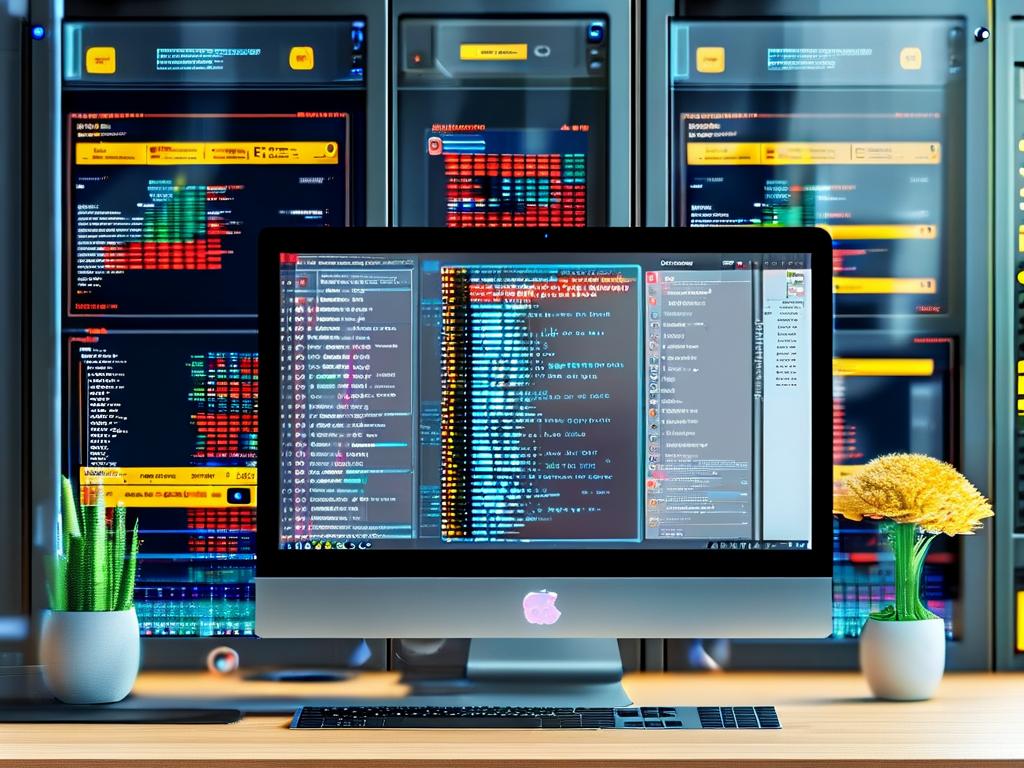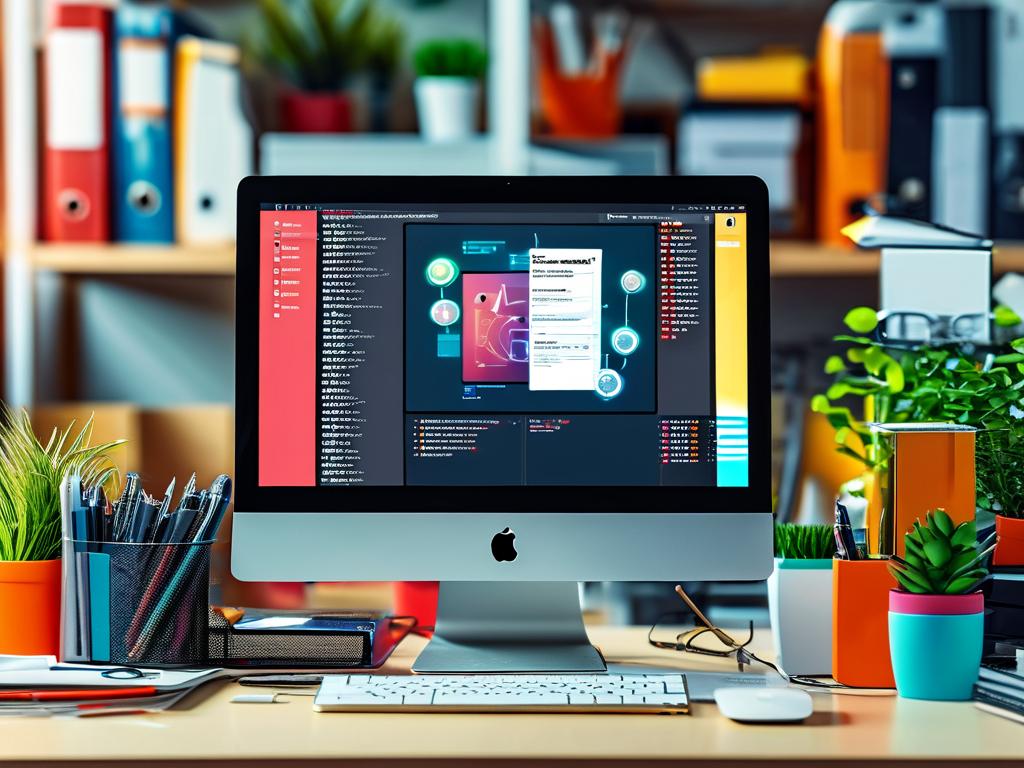In modern workplace management, automated deployment of clock-in systems has emerged as a critical solution for organizations seeking operational efficiency. This guide explores practical methods to implement intelligent attendance tracking while addressing common challenges in workforce management.

Core Architecture Design
Effective automated clock-in systems typically combine geolocation verification with biometric authentication. A sample Python script demonstrates basic face recognition integration:
import face_recognition
known_image = face_recognition.load_image_file("employee.jpg")
unknown_image = face_recognition.load_image_file("check_in.jpg")
known_encoding = face_recognition.face_encodings(known_image)[0]
unknown_encoding = face_recognition.face_encodings(unknown_image)[0]
results = face_recognition.compare_faces([known_encoding], unknown_encoding)
This code snippet illustrates facial pattern matching – a fundamental component in modern authentication workflows. Enterprises often enhance this basic logic with liveness detection and multi-factor verification to prevent proxy attendance.
Geofencing Implementation
Location-based restrictions ensure employees clock in from authorized premises. Mobile applications can leverage GPS and WiFi fingerprinting to create virtual boundaries. The system should incorporate adjustable radius parameters and exception handling for network fluctuations:
function checkGeofence(lat, long) {
const officeRadius = 200; // meters
const officeCenter = {lat: 40.7128, lng: -74.0060};
return calculateDistance(lat, long, officeCenter.lat, officeCenter.lng) <= officeRadius;
}
Data Synchronization Framework
Real-time synchronization between mobile clients and central databases prevents data discrepancies. Implement conflict resolution protocols using timestamp comparisons and version control. Cloud-based solutions like AWS AppSync or Firebase Realtime Database offer managed services for this purpose.
Compliance Considerations
Automated attendance systems must adhere to regional labor regulations. Features should include:
- Flexible overtime calculation rules
- Customizable leave accrual policies
- Audit trail generation
- Data privacy safeguards compliant with GDPR/CCPA
Analytics Integration
Advanced systems incorporate machine learning to detect attendance pattern anomalies. Predictive algorithms can flag potential issues like chronic late arrivals or unusual clock-in locations before they escalate.
Hardware-Software Hybrid Solutions
While mobile apps dominate modern implementations, some organizations still require physical terminal integration. Solutions supporting QR code scanning, NFC badges, and IoT devices provide comprehensive coverage. Ensure API endpoints support legacy hardware protocols.
Maintenance Best Practices
- Conduct monthly accuracy audits comparing system logs with manual records
- Update facial recognition models quarterly to accommodate appearance changes
- Perform load testing before major company events or expansions
- Maintain fallback manual entry procedures for system outages
User Adoption Strategies
Successful implementation requires phased rollouts with training workshops. Create detailed FAQs addressing common employee concerns about privacy and technical issues. Monitor feedback channels during initial deployment to quickly resolve adoption barriers.
The evolution of automated attendance systems continues with emerging technologies like blockchain-based verification and AI-powered behavioral analysis. Organizations implementing these solutions report 23-35% reductions in administrative overhead and 15% improvement in payroll accuracy, according to recent industry surveys.
When selecting deployment platforms, evaluate scalability requirements and integration capabilities with existing HR ecosystems. Open-source solutions like OrangeHRM provide customizable foundations, while enterprise-grade options like SAP SuccessFactors offer comprehensive feature sets.
Future developments may incorporate wearable device integration and environmental sensing capabilities, transforming basic attendance tracking into holistic workforce management systems. As remote work becomes prevalent, expect increased demand for distributed authentication methods and results-oriented time tracking models.









